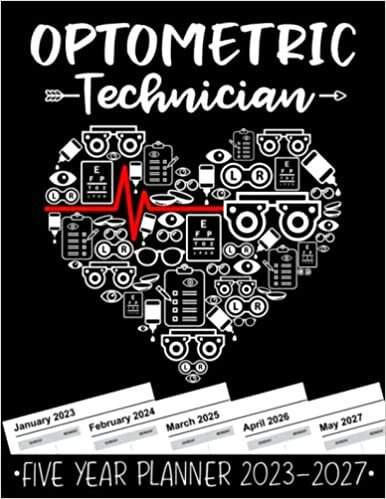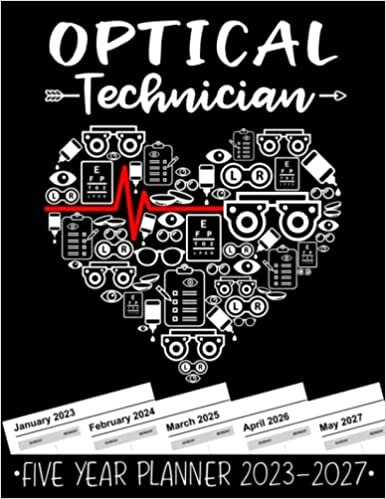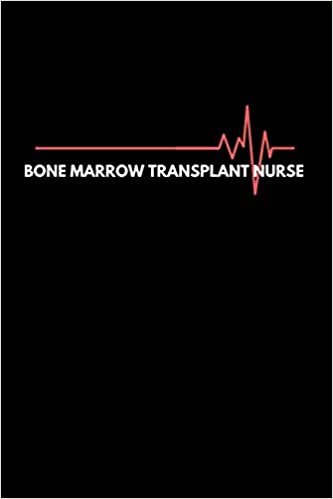ダウンロード COMPLETE INTERMITTENT FASTING: Complete Guide To Intermittent Fasting On A Low-Carb Ketogenic Diet 本
から Dr Eve Bond
COMPLETE INTERMITTENT FASTING: Complete Guide To Intermittent Fasting On A Low-Carb Ketogenic Diet
In a world full of fad diets, it’s important to begin with the understanding that intermittent fasting is not a diet, it’s a nutrition protocol — or rather, a series of different protocols. At its core, intermittent fasting is a pattern of eating those cycles between periods of fasting and eating. And rather than specifying which foods you can (and cannot) eat, it instead specifies when to eat.How to Do ItThe 16/8 Method. The most common approach to intermittent fasting consists of daily 16-hour fasts (often overnight), followed by a window of 8 hours in which to eat. For example, you might fast until 11:00 a.m., eat a meal, have an afternoon snack, and then eat dinner before 7:00 p.m. After this time, you allow your body to fast and get ready for the next day. Unless you’re trying to lose weight, it’s important to eat the same number of calories you normally do — just in a smaller window of time.Eat-Stop-Eat. This method involves eating normally for most days, but doing a 24-hour fast once or twice per week. The most popular way to do this is fasting from after dinner one night until dinner time the following night. It can be more difficult if you’re just starting out with intermittent fasting.While it can seem like a big change from the standard 3-4 meals per day, the practice has deep roots in our evolutionary history. Ancient hunter-gatherers fasted often, as food wasn’t always available and they never knew when their next meal would be. The human body, therefore, evolved to be able to function without food for fairly lengthy periods of time. That is to say: you won’t starve your body if you stop eating for an extended period of time.Why Intermittent Fasting: The BenefitsThe practice of intermittent fasting affects the body on a cellular and hormonal level. Levels of human growth hormone (HGH) increase, supporting fat loss and muscle growth processes. And insulin levels tend to drop, increasing insulin sensitivity and making stored fat more accessible. During fasting, the cells have a chance to repair themselves. This includes the autophagy process, whereby cells remove the buildup of old proteins that are no longer functional.People who want to lose weight often turn to intermittent fasting for a sustainable solution. The hormone changes help facilitate weight loss, and it’s lower your calorie intake when you’re eating fewer meals throughout the day. A 2014 study found that intermittent fasting resulted in a weight loss of 3-8% over the course of 3-24 weeks, including a 4-7% reduction in waist circumference and the loss of belly fat that surrounds organs and can contribute to the onset of disease.Perhaps the most important benefit of intermittent fasting is one that you can’t necessarily see: it gives the digestive system a much-needed break. Most people are constantly eating, which means the gut is constantly working on energy-intensive tasks like digesting and assimilating food.A Note of CautionEverybody is different and has unique needs, and intermittent fasting may not work for everyone. That’s why it’s important to listen to your body. If you’re feeling dizzy or experiencing migraines, it could be because you haven’t eaten enough.It’s also important to remember that this is just one approach to eating — and it’s flexible. Do what works for you. Don’t allow the end time of your ‘eating’ period to rule things. Consume whole foods as much as possible, give your bodysufficient breaks, and allow meal times to be healthy and enjoyable.
人気のある作家
Lambda Publishing (26) Sophia Numerik (25) Salva Publishing (23) mimamour (22) QTA WORLD (20) LINGUA CLASSICS (19) Lynn Red (19) Funny Fitness (17) Museum Publishers (17) Coloring Books Store (16) Alex Guinness (15) Guinness World of Puzzles (15) Ama Fleud-Floyd (12) amateurs de chiens édition (12) Oscar Wilde (12) Donte Valenzuela (11) New Nomads Press (11) Brand New Day Publishing (10) CloudCorner Press (10) Sappuris NoteBooks (10)最適なファイルサイズ
608 KB 1431 KB 1944 KB 2009 KB 10001 KB 10063 KB 1024 KB 1025 KB 1027 KB 1031 KB 10357 KB 10361 KB 10410 KB 104817 KB 104 KB 1053 KB 10589 KB 1070 KB 1074 KB 1079 KB























